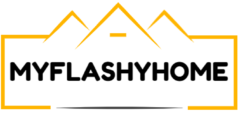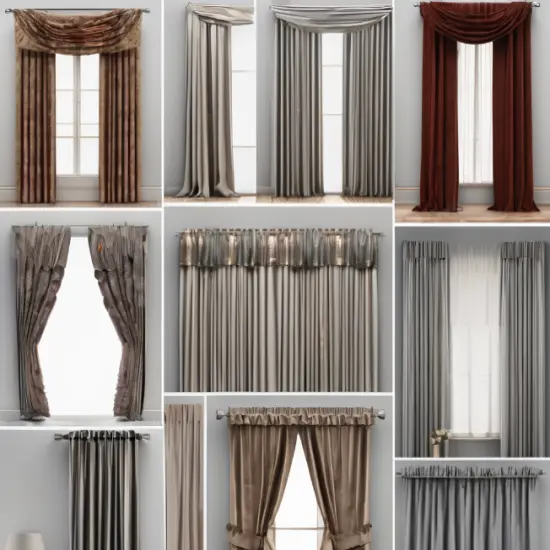Curtain headings are a defining design element that frames the top of window treatments.
The heading makes an important first impression and sets the tone for the entire window styling.
Here we will explore seven popular types of curtain headings in UK, with information on their distinguishing characteristics and best applications to choose options suited to the interior styles.
Here are some popular types of Curtain Headings in UK:
Pencil Pleat (Gathered Header)
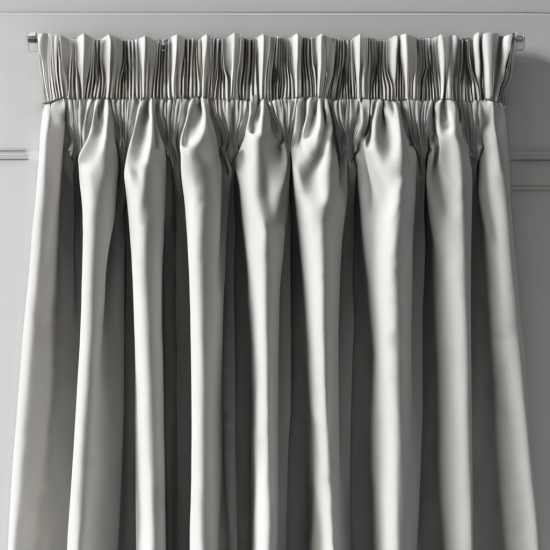
- Consists of evenly spaced narrow box pleats that are tightly pressed to create structure and shape at the curtain top. Pencil pleats are usually spaced 1/2 to 1 inch apart.
- The uniform, tailored look provided by pencil pleats is suitable for traditional, classic, and formal interior styles.
Also Read: 6 BEST CAT PROOF CURTAINS TO USE
Pinch Pleat
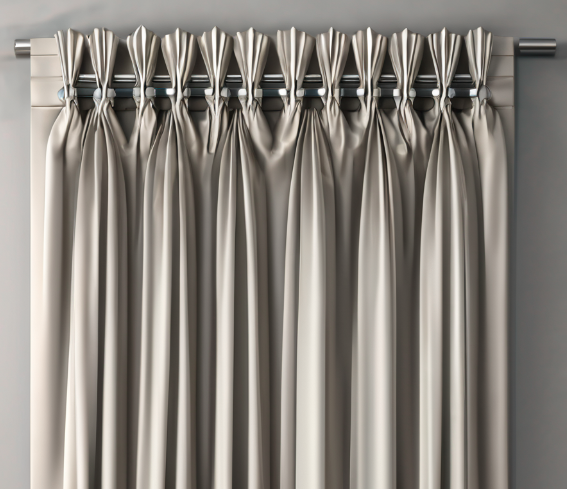
- Formed from small, compressed folds that are tightly pinched in place. Pinch pleats create subtle texture and gracefully gathered fullness at the top of the curtain.
- Well-suited to both casual and dressed-up window treatments. The simple yet textured pinch pleat look is versatile for everything from rustic to refined interior designs. Can be made from the same curtain fabric or a coordinating fabric to add visual interest.
Eyelet curtain headings
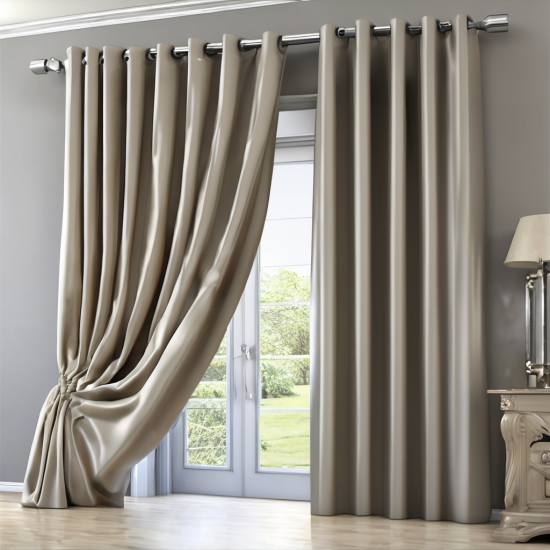
- Features rows of small buttonholes or grommets along the top hem through which ribbon, twine or trim can be laced. This creates a unique latticed appearance.
- An attractive rustic or beachy option that can be personalized with color choices. Eyelet headings lend visual interest while allowing light filtering through the opened “eyelets.” Works well for casual styles like coastal, prairie or farmhouse interiors.
Tab Top curtain headings

- Composed of short fabric wings or “tabs” extending above the leading edge of the curtain. Tabs can be uniform or vary randomly in size.
- Adds textural flair and dimensionality without obscuring window views. A playful alternative suited to both traditional and contemporary schemes, from Victorian to modern farmhouse. Tabs can match or contrast the curtain fabric.
Wave Heading

- Features gently draped folds or ripples that flow along the top of the curtain in smooth, undulating motions.
- The unfettered movement imparted by wave headings lends a relaxed, breezy feel. Best for casual coastal, beachy or organic interior styles where a free-flowing aesthetic is desired. Can be customized with fabrics ranging from lightweight linen to soft velvet.
Goblet Pleat
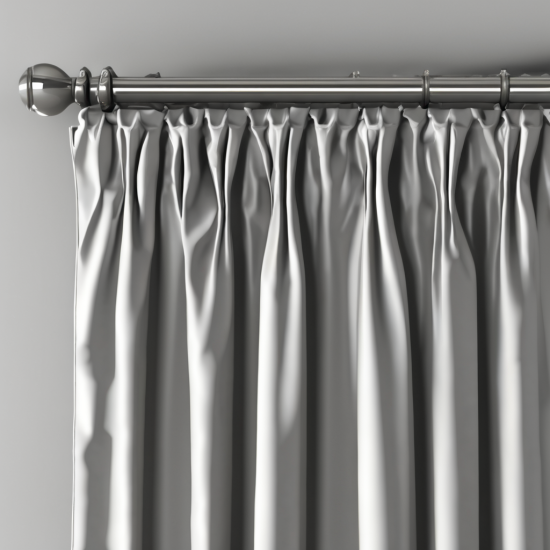
- Formed from pleats that are swooped up and inward at the top, resembling the shape of a chalice or goblet.
- The unique curled shape creates texture and depth. Goblet pleats work well for both traditional and modern settings, from elegant spaces to contemporary lofts. Available in soft or crisp fabrics, this style adds visual interest above the window. Visit Myflashyhome for these types of tips to make your home better.
Inverted Box Pleat
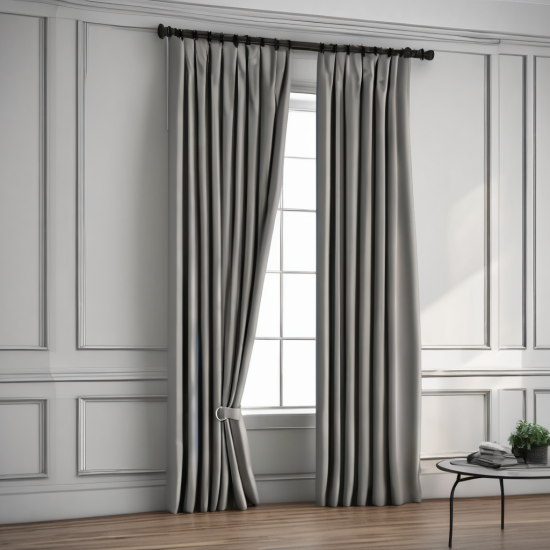
- Composed of box pleats that are folded upward instead of dropping down, giving a puffed silhouette.
- Provides fullness and crisp lines for a tailored, dressy appearance. Works best in formal environments like classic entryways where a polished look is desired. Inverted box pleats can frame windows impressively when made from luxurious fabrics.
Final Words:
In conclusion, there are plenty of popular choices for curtain headings in the UK. These can really enhance how window coverings look and feel in a space. The seven types looked at – pencil pleats, pinch pleats, eyelets, tab tops, waves, goblet pleats, and inverted box pleats – each have their own special qualities that match different interior styles. The headings explored all offer unique characteristics suitable for different interior designs.
Clean and structured headings like pencil pleats work well for traditional British styles. Textured pinch pleats and playful tabs suit both casual coastal homes as well as formal townhouses. Eyelets impart a breezy seaside vibe while inverted box pleats provide polish. Goblet and wave pleats adapt to contemporary lofts or elegant period properties.
FAQ’s
HOW TO MEASURE CURTAINS?
Measure the width of the window opening from one side to the other. Add 12 inches to the measurement for an appropriate curtain size.
HOW TO CHOOSE CURTAIN HEADINGS
Consider the style of your home decor – headings like pencil pleats work for formal spaces, while tabs suit casual looks. Think about the level of light control or privacy needed from your window coverings.
WHICH CURTAIN HEADING USES THE MOST FABRIC?
Inverted box pleats require the most fabric of common heading types. The folded upwards box pleats create fullness that uses extra swaths of material compared to styles like pencil or pinch pleats.
WHAT IS THE HEADING HEIGHT OF CURTAINS?
The heading height refers to how far the curtain fabric extends above the window opening. A standard height is 8-12 inches to allow clearance for opening and closing the curtains.
Read More:
TOP 10 URBAN JUNGLE LIVING ROOM IDEAS
